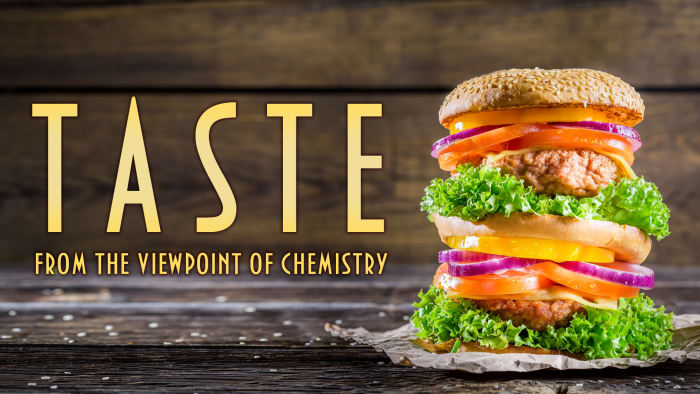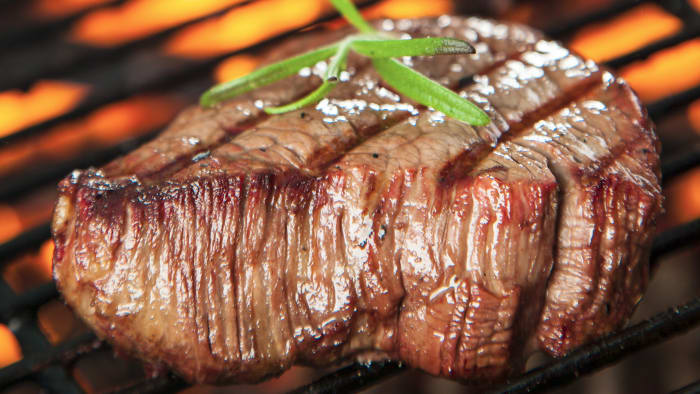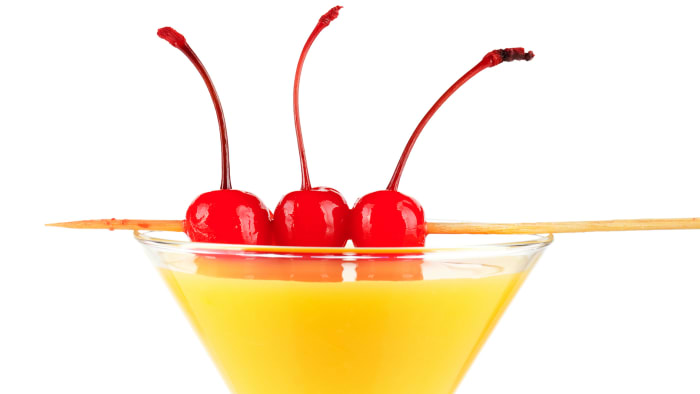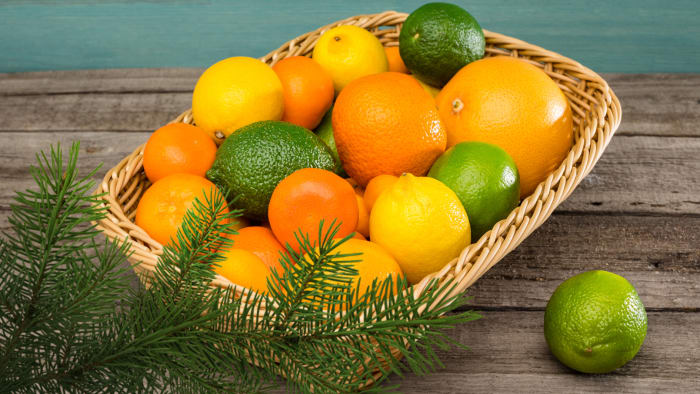Where the flavor in food comes from
How chemists make things taste delicious

The taste of the average apple is determined by 29 different substances, while a decent cup of coffee is made up of around 100.
The profession of flavorist appeared quite recently, when freezers became common in almost every home, and food had to preserve its taste even after long freezing. A flavorist is a chemist who adjusts and modifies the flavor and aroma of food. Although most of the training takes place in practice, a novice flavorist is helped considerably by an education in chemistry, and especially by a knowledge of organic chemistry.
Freezers become more available
Flavorists say that any flavor has three key components:
-
a character item — this mainly determines what the product is by its flavor and aroma;
-
a contributory item — this intensifies the main leitmotif (even if in itself it is something very remote from it);
-
a differential item — this may not seem to be significant, but it can add something very characteristic to the main flavor.
Before they create a certain flavor, chemists study its natural prototypes. They use several methods: from ordinary distillation to more hi-tech spectroscopy, taking into account differences in the behavior of various chemical bonds when they are hit by infrared and ultraviolet light, and chromatography, which detects the components of complex mixtures. All of this helps to find an impressive amount of substances, which determine tastes and aromas. Now you’d think that all you have to do is to mix the right molecules in the right proportion to get the ideal flavor. But alas, nature is more complicated than that: no one has been able to put together the 29 components of the flavor of an apple in the same way that the apple does itself. Perhaps this is because the tests have yet to be perfected, and omit some important details which are difficult to notice. Nevertheless, there are some taste formulas that have been discovered.

The flavor of fried meat, for example
The substances that give meat its main, crisp aroma, are created during its thermal processing, in a chemical reaction known as the Maillard reaction. This takes place as follows: meat has many proteins, which in their turn consist of amino acids. When these amino acids react with sugar when subjected to heat, a substance called glycosylamine is formed. Entering into further reactions with its environment, the glycosylamine forms substances which provide a characteristic flavor. And if you know the set of these substances, you can simple add them to food to give it the aroma of fried meat.
Here, for example, is a sure-fire chemical recipe for “fried pork”:
-
2-methyl-3-furanthiol — the “character item" (gives the main meat flavor);
-
piridinemethanol — the “contributory item” (adds pork nuances);
-
butyl-2-decanoate — the “differential item” (makes the flavor “more fatty”).
Mix until you get the desired flavor.
Things are more complicated with cherry yoghurt.
If you like cherries, but hate food “with cherry flavor”, this is quite understandable. It’s hard to accept that the artificial cherry flavor has so little in common with actual cherries.

The problem is that modern cherry flavor substitutes imitate the flavor of maraschino cherries. They are bright red cherries, which are preserved and sweetened (usually they are used to decorate cakes or cocktails). And as a standard of flavor, maraschino cherries are the most suitable, unfortunately, as the natural flavor of most types of cherries is weak, and when it is intensified it becomes very unpleasant.
The synthetic formula of cherry flavor was first published in 1917 and involved a whole chain of various chemicals:
-
ethyl acetate — a type of chemical called an ester, with a fruity aroma and which is found, for example, in nail-polish remover;
-
ethyl benzoate — a colorless liquid, an ester with an aroma similar to mint;
-
apricot oil — squeezed from the cores of apricots or similar fruits;
-
benzoic acid — a type of carbonic acid, which is also used as a preservative in various foods (in the list of ingredients it will be proudly named “E210”);
-
glycerine – a sweetish liquid used in preparing low-calorie food;
-
ethyl alcohol – just what it says.
Today the main component of cherry flavor substitutes, benzaldehyde, is a substance with a pleasant aroma of almonds.

A few words about citrus and pine
The aroma of lemon, orange and pine is provided by the same substance - limonene. The “citrus” and “pine” versions of limonene consist of identical atoms bonded together in an identical order. But the molecules are a mirror reflection of each other - enantiomers. And this small detail is sufficient for us to sense these aromas differently.
Nature has many more secrets. But science doesn’t stand still either. Perhaps we will soon truly enjoy the flavor of cherry yoghurt. And maybe even apple yoghurt.
If you liked this article, share it with your friends!